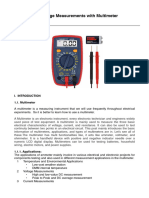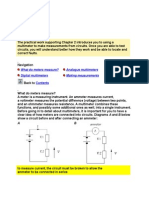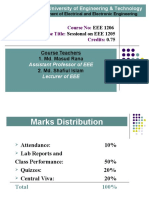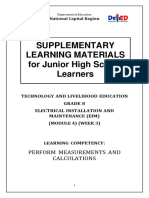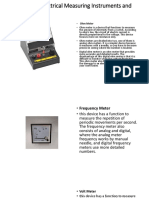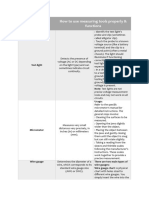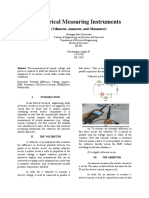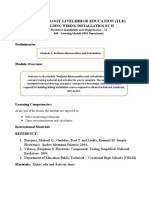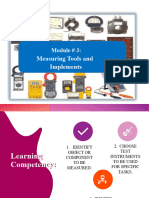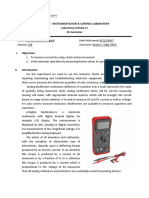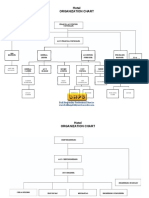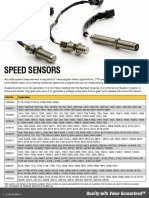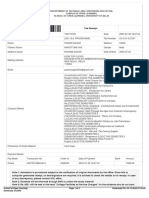0% found this document useful (0 votes)
15 views8 pagesEEE Lab Report
The document outlines an experiment focused on the introduction to various electrical measurement instruments used in Electrical and Electronic Engineering. It details the principles and uses of devices such as DC and AC ammeters, voltmeters, resistors, multimeters, and wattmeters, emphasizing their roles in measuring electrical parameters. The objectives include understanding the operation of these devices and gaining hands-on experience in accurately measuring electrical factors like resistance, voltage, and current.
Uploaded by
masrufzzamanaponCopyright
© © All Rights Reserved
We take content rights seriously. If you suspect this is your content, claim it here.
Available Formats
Download as DOCX, PDF, TXT or read online on Scribd
0% found this document useful (0 votes)
15 views8 pagesEEE Lab Report
The document outlines an experiment focused on the introduction to various electrical measurement instruments used in Electrical and Electronic Engineering. It details the principles and uses of devices such as DC and AC ammeters, voltmeters, resistors, multimeters, and wattmeters, emphasizing their roles in measuring electrical parameters. The objectives include understanding the operation of these devices and gaining hands-on experience in accurately measuring electrical factors like resistance, voltage, and current.
Uploaded by
masrufzzamanaponCopyright
© © All Rights Reserved
We take content rights seriously. If you suspect this is your content, claim it here.
Available Formats
Download as DOCX, PDF, TXT or read online on Scribd
/ 8








